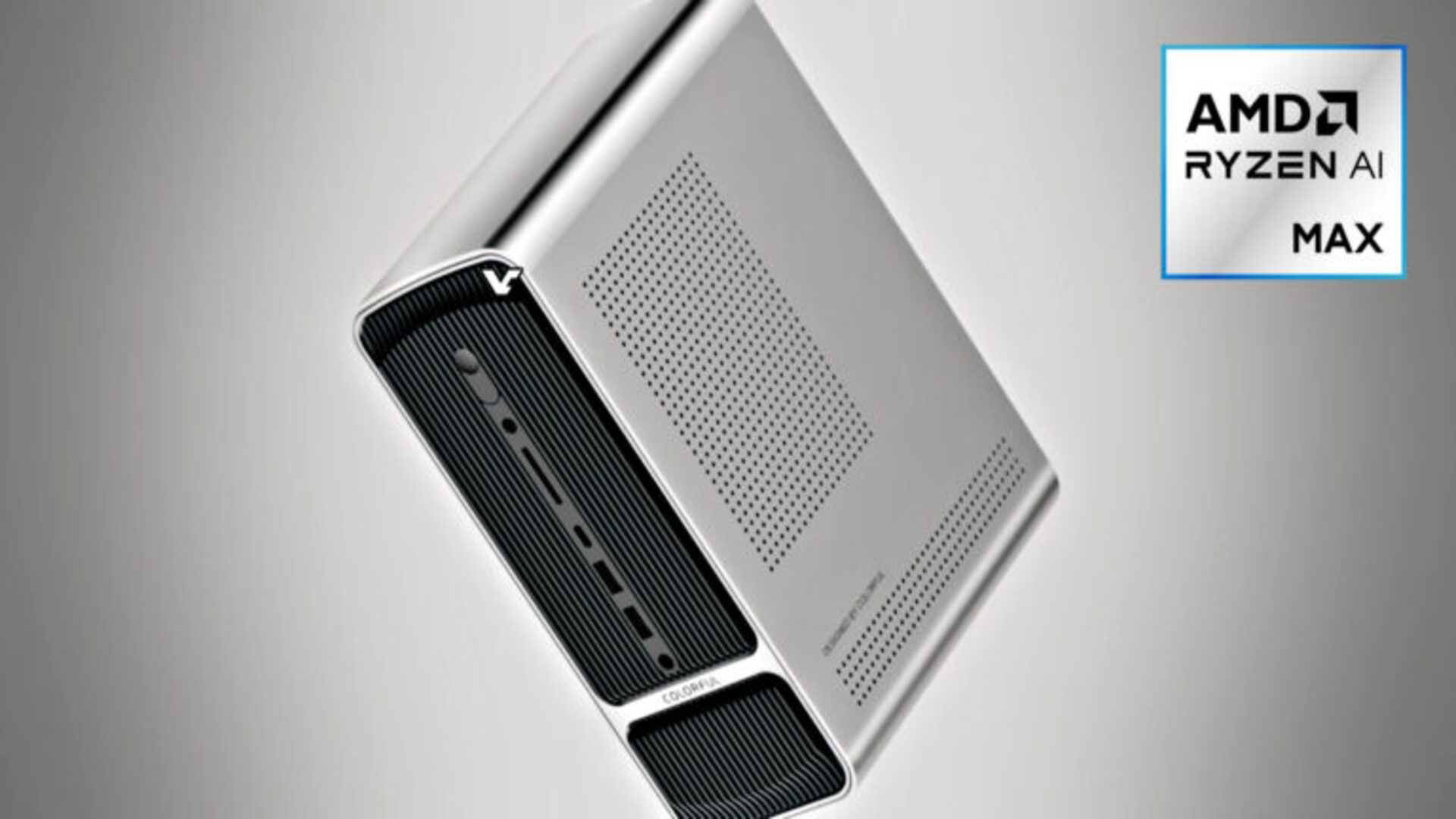
- Colorful Smart 900 is the latest AMD Ryzen AI MAX+ 395 mini PC
- 96GB of LPDDR5X could mean big things for AI and creative workloads
- Dell, Asus, and MSI might be missing a golden opportunity in compact AI desktops
Colorful is reportedly set to release the Smart 900, a new high-end mini PC powered by AMD’s top-tier Ryzen AI MAX+ 395 processor.
Until now, Colorful’s AMD-based mini PC offerings have been limited to older processors, such as the Ryzen 7 7735HS used in the Smart 500A.
The Ryzen AI MAX+ 395 in the Smart 900 is AMD’s current flagship APU, combining 16 Zen 5 cores with Radeon 8060S graphics, built on 40 RDNA 3.5 Compute Units. This makes it one of the best integrated GPUs available for workloads, creative tasks, and gaming.
You may like
Memory and AI performance
The system reportedly includes 96GB of LPDDR5X memory, which is lower than the 128GB maximum seen in some high-end PCs.
However, this figure may refer to a dedicated memory allocation for AI inference tasks, sometimes described as “VRAM” in translation.
Whether this is a hard cap or part of a split configuration remains unclear, but it highlights the system’s focus on AI and graphics-intensive use cases.
The Colorful Smart 900 has not yet been officially announced by the company, nor has it appeared on any of its social media channels, so we don’t have too much more information, such as pricing.
It seems likely, however, that it will be positioned as a mini workstation for professionals working with large media projects.
As of now, only eleven brands have released products featuring Strix Halo. Notable models include the HP Z2 Mini G1a, Lenovo LCFC AI PC, and the GMKTec EVO-X2.
What remains puzzling is the complete silence from major brands like Dell, Asus, and MSI, who have yet to introduce any mini PCs using the chip.
These companies already offer high-performance, premium products that far exceed the price points of anything from Colorful or GMKTec, so pricing does not appear to be the limiting factor.
Their hesitation may instead stem from longer internal validation cycles, stricter thermal and reliability standards, or a delay in aligning with AMD’s release schedule.
Another possibility is that these companies are prioritizing other AI hardware strategies, such as discrete GPUs or server-grade accelerators, over high-end APUs in compact desktops.
Via Videocardz
You might also like
Services Marketplace – Listings, Bookings & Reviews
